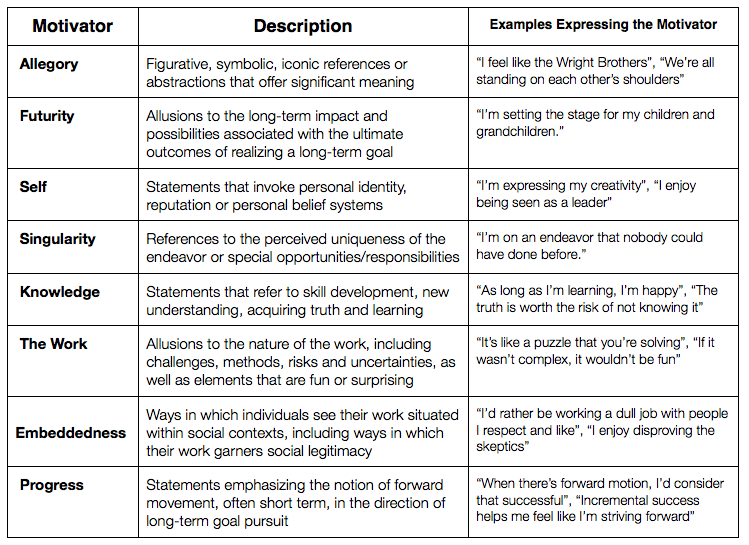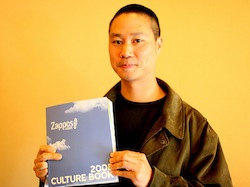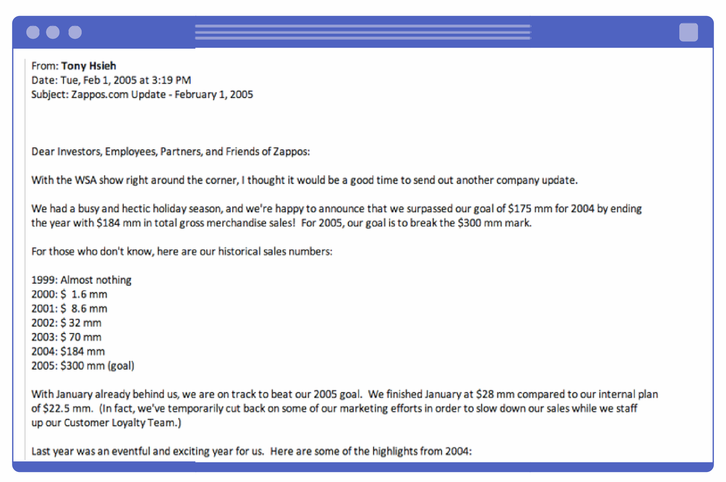In 2005, Zappos was on track to beat its yearly sales goal of $300 million.
But that was just the beginning. Before Zappos became the household name it is today, CEO Tony Hsieh held a long-term vision for the company that went beyond the gross merchandise numbers. His ambitious goal to hit $1 billion in sales by 2010 was part of a larger plan.
In a remarkable email update Hsieh wrote in 2005 to Zappos investors, employees, and partners, he explained:
Rather than maximizing short-term profits, we’re taking a long-term view and focusing on building the business for the long haul. We’ve grown quickly over the past 5 years, but we are just scratching the surface of what’s possible.
But it’s not the numbers that are the most exciting… It’s the opportunity to build a company culture and consumer brand that is centered around the service, not the shoes or the handbags.
One of the most captivating things about this email is to actually see the seeds of Zappos’s distinctive company culture germinating — especially knowing that the vision that Hsieh lays out in this decade-old email has come to pass, and then some.
So how did Hsieh actually translate his vision for Zappos into reality and resist the siren song of those short-term profits? How did he corral his employees to stick with him for the long haul? The elements are all there in that email.
What Sustains Your Psychology Over the Long-Term
The workplace is a complex, dynamic environment where you interact with other people while performing a variety of tasks, hold multiple goals and types of motivation, and receive a mixture of feedback that affects your enthusiasm and drive. There’s a lot going on there.
Researchers Bruce Barry & Thomas Bateman wanted to find out how people stick with long-term professional goals to identify the motivating factors of long-term persistence that endure through these shifting, interactive work conditions. They performed a small study of knowledge workers in a variety of fields, with a concentration of scientists, researchers, and engineers, who all had long-term goals where success could take years and chances for failure were high.
After analyzing their data, Barry and Bateman came up with eight sources of motivation that provided the “psychological sustenance” necessary to keep people going in their pursuits: allegory, futurity, self, singularity, knowledge, the work, embeddedness, and progress.
 The takeaway, according to the researchers, is that you can be proactive about identifying, generating, and emphasizing these motivational factors while limiting the short-term pressures that can distort your long-term view.
The takeaway, according to the researchers, is that you can be proactive about identifying, generating, and emphasizing these motivational factors while limiting the short-term pressures that can distort your long-term view.
Whether you’re a manager working to maintain a team’s motivation over years or an individual working towards an ambitious dream or a leader of a company working to build a successful company — you can take charge to engineer and design work around these nourishing factors to inspire and sustain the kind of motivation to help you persist.
How Tony Hsieh Fueled Motivation to Nurture Zappos Culture in One Email
The fascinating thing about Hsieh’s early stages email is that he promoted every element of long-term motivation that Bateman and Barry identified. Let’s take a closer look at the motivating factors he prompts while sharing his thoughts on building an enduring company (head here for the full text of his email):
- Allegory

In 2004, Zappos published its first culture book, a collection of thoughts and reflections from employees about what Zappos means to them. Every year since then, the company has produced a culture book, an ongoing representation of a collective history and spirit. Hsieh comments on the importance of recording and telling this story:“The culture book showed that no one person owns or dictates the Zappos culture. It is a collective effort, and it’s exciting to be part of a company that has accomplished so much by sheer willpower.”
- Futurity
While he marks out goals for the next five years, Hsieh’s email is all about the long-term, highlighting his focus on “building the business for the long haul.” Despite all the success Zappos had seen by 2005, they were “just scratching the surface of what’s possible.” - Self
One of the remarkable things about Hsieh’s update is how you can see how Zappos was still in the formative stages of its brand, and that while the company’s famous core values hadn’t been officially established yet, they were present in his thinking. Zappos’s company identity combines mission and brand, expressing what had previously been an internal motto:[W[e see our long term plan of building a service brand slowly coming into place. Internally, we have a saying: “We are a service company that happens to sell shoes.” (And now handbags.)
- Singularity
In 2005, Zappos was just starting to stand out amidst a landscape of disappointing customer experiences. Hsieh urges that this is how Zappos will shine — so much so that he wanted the brand to become synonymous with the idea of service.If we constantly focus on improving the customer experience and cause people to think about service everytime they think about Zappos, then in the long term, we believe that we will succeed as a company. However, our service can’t just be “good enough”… We need to go above and beyond people’s expectations.
- Knowledge
The one thing that’s inevitable about taking the long-term approach is that you will encounter setbacks, failures, and mistakes — but with the right mindset, you gain strength and motivation from the knowledge you acquire through these experiences. Hsieh knows that mistakes are part of the plan and sets up the expectation for his employees to face them head on:[W]e won’t do everything right the first time. But that’s okay, because that’s also what we want our culture to be about. We’re not afraid of making mistakes, but we’re also quick to turn them into learning experiences and fix the mistakes when they happen. Part of the Zappos culture is having faith that in the end, we will figure things out, and we will grow stronger through the experience. It’s how we got to where we are today.
- Work
The nature of the work that Hsieh lays out is exciting and engaging, transforming a mission from merely selling consumer goods to delivering and maintaining an experience of happiness.Only with your feedback can we improve, and build something that has never existed before: a well-known brand, accessible to everyone, that promises nothing less than a WOW experience.
- Embeddedness
Hsieh extends Zappos’s WOW philosophy of delightful service beyond customers to just about everyone involved in the Zappos ecosystem, with a call to cultivate community and relationships:[B]uilding a service organization is much easier said than done. It starts with extending the WOW philosophy beyond just our customers. We also need to extend it to our vendors, our employees, and our other business partners.
- Progress
Hsieh’s email update begins by creating a sense of momentum, reporting an impressive upward-trending sales history and sharing the many wins that took place over the past year. Hsieh shows his readers that the path forward has been paved, they have a map, and they’ve already made important strides.
The way Hsieh concludes his email, saying there’s a long, exciting road ahead and expressing thanks for everyone’s support over the year, sounds like they could be the words of many a CEO on many a yearly memo. But it’s easy to see how special the rest of the missive is — from a leader who took the time to communicate and make transparent his long-term dream for Zappos in an incredibly powerful way that inspired and energized the Zappos community, not just for a month or two but over years and years.
Liked this article? Sign up for our newsletter to have the ease of receiving one new article every day in your inbox, with unconventional tips on how to get more done.
Chart adapted from Bateman & Barry’s study & Vanderbilt University summary

